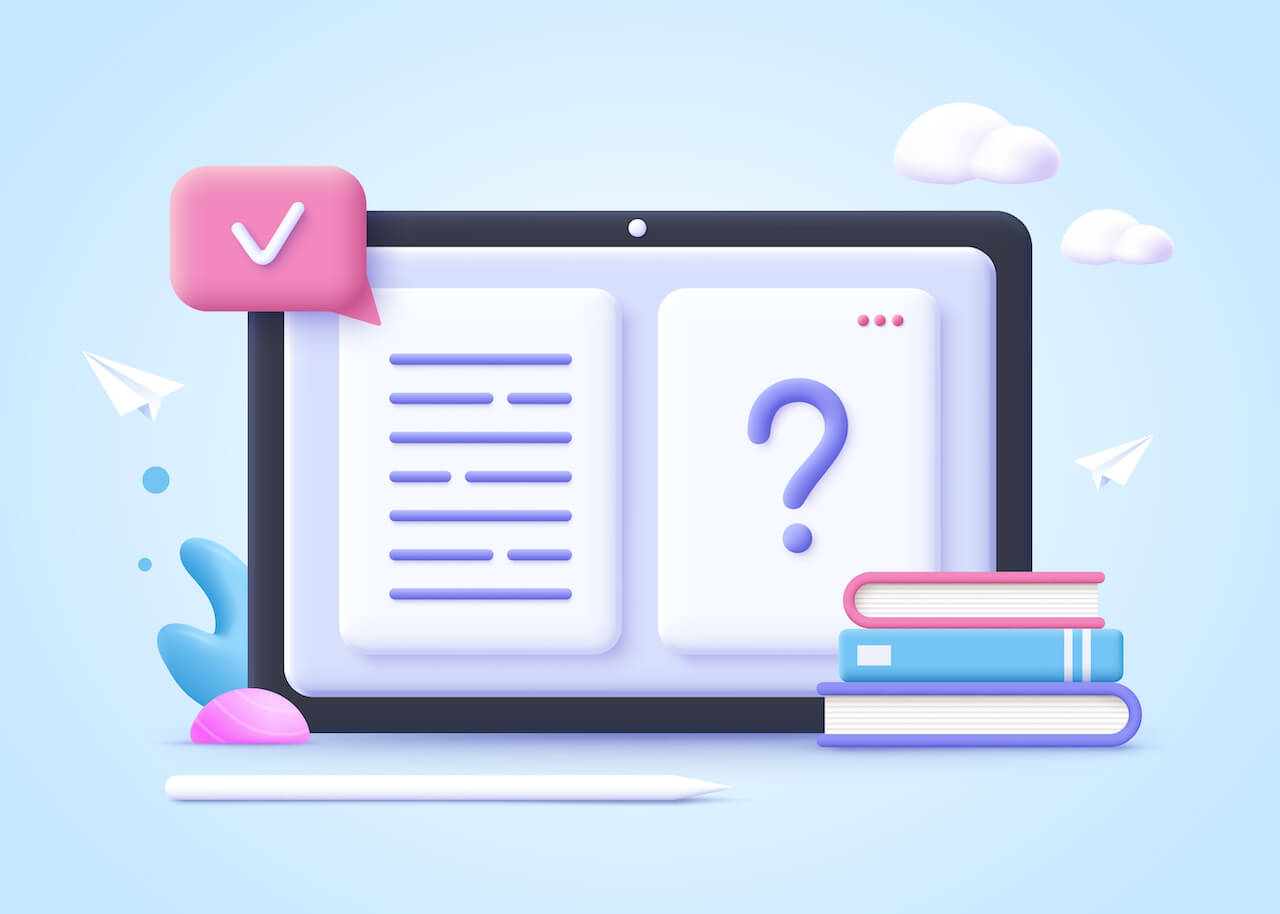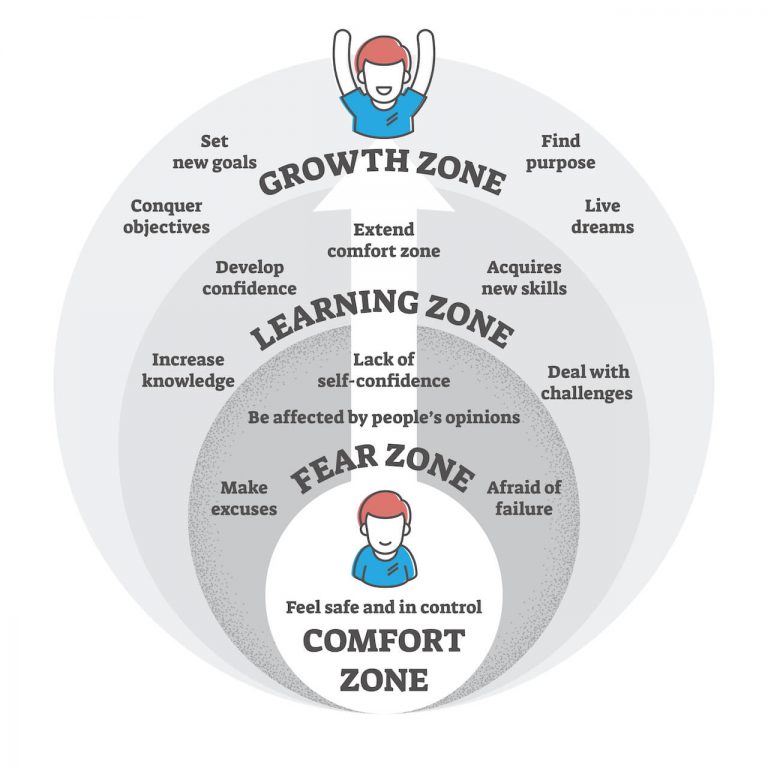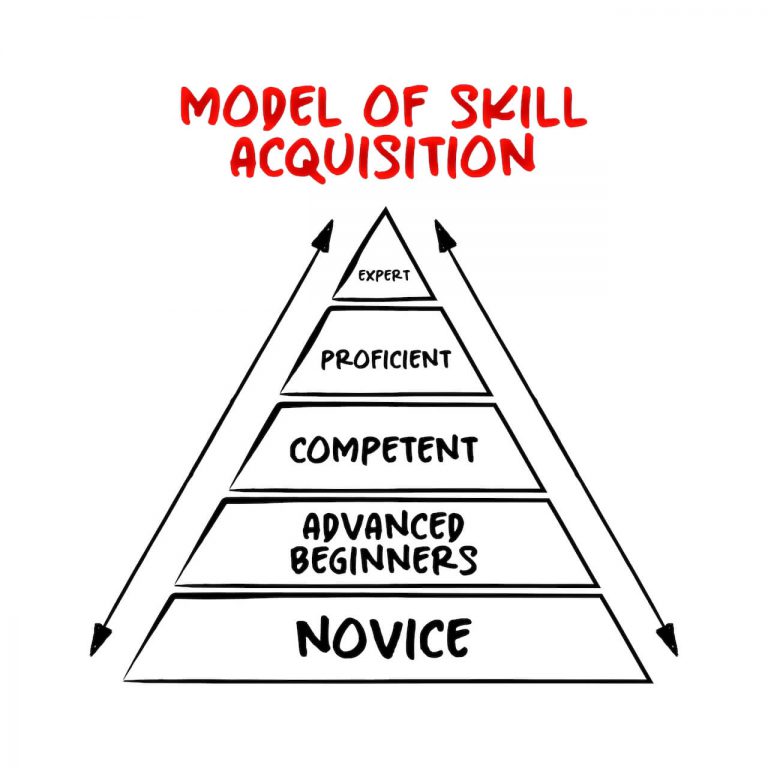How to Make a Study Guide for Good Grades
Studying for an exam can be a challenging ordeal if you’re a college or university student. Suddenly, everything comes down to a single test. Plus, you have too many assignments to submit.
But, whatever you do, don’t panic. Instead, take a deep breath and prepare yourself mentally and physically for the exam ahead.
If you have the right resources that prompt you to focus on the essential elements of a course, that’s even better! You can then easily cover the syllabus in a limited time.
For example, a study guide lets you plan your study time wisely and offers an organized way to ace the subject. In addition, it will help you create a better understanding of multiple subjects.
Creating a study guide will also make it easy to understand the essential concepts and focus on the crucial material, saving you hours in the long run.
So, if you’re looking to adopt a new learning style, it’s time you create a study guide.
What is a study guide?
Before we examine how to create a study guide, let’s first make sure you understand it.
A study guide is an organized review of textbook material, class notes, and lectures on different subjects. In short, it includes the main outline and concepts of all your lessons. As a result, it’s easier to learn and comprehend the key points.
This way, you can create a concept map that enables you to study more efficiently for a test and cover an enormous syllabus in less time.
Simply put, study guides make sure you don’t have to put in extra study hours so that you can have some free time to do what you like.
Do teachers provide study guides?
It depends on your teacher.
If study guides are such a handy tool, why don’t all teachers provide them to the students? Well, the answer isn’t all that simple. Generally, teachers provide study guides to help students prepare better. However, not every teacher is the same.
Teachers may not hand out study guides because they want you to work hard and understand what you’re studying on your own.
Moreover, teachers can’t always create study guides for every subject. Also, even if they do prepare one, they might not distribute it to the entire class. However, that doesn’t mean you can’t use a study guide to prepare for your exams.
If your teacher doesn’t provide the support material, you can take the lead here. Students who can create their study guides better grasp the subject matter. You may even increase your vocabulary! So it’s a win-win situation!
So how can you create a study guide?
Creating a study guide
You can write down long and boring lectures in your personalized study guide or make things interesting through concept maps and visual cues.
To top it all, you will have a summary sheet that tells you where you will find the relevant information. So, now that you’re ready to create a study guidebook, here are some essential tips to focus on:
- The visual organization of learning material
- Link different pieces of information through concept maps
- Create a summary sheet to have a comprehensive overview of your study guide
- Prepare the study guide as if you are teaching the topic to someone
So let’s find out how to make a good study guide and use it to prepare for your next test.
Gather your learning material
Before creating a study guide, you must first gather all the relevant material. For example, it could be your class notes, lectures, textbook chapters, content that you collect online, and other resources.
You have to skim through each resource and write down the most important topics.
The more material you have, the more time it will take you to filter out the most relevant content.
Here, it would help if you also considered the downside of having too many resources. At times, it can be unclear to go through a lot of learning stuff and make sense of everything.
So you mustn’t go out of the way and stick to the basics.
For example, you can take help from:
Class notes
Class notes are perhaps the most valuable assets of all. They are a record of everything you learned in your physical or online class.
When you study the class notes, you can relate to the example content discussed in the class.
Thus, it’s easier to shortlist the essential topics if you go through your class lectures because you have a visual and audio element connected to them. But, of course, the same rule applies to class handouts too.
Most of your study guide material comes from the class notes. But this step will only work if you are a regular student.
Textbooks
Textbooks cover everything about a topic, so you need to pick only the relevant ones.
Use a highlighter to separate the content you learned during the class.
First, you can highlight the crucial headings and filter the details later to save time.
Use a dictionary if you come across a tricky word. This way, you can also enhance your vocabulary.
If you’re studying history, make sure to underline the dates. Moreover, mark the definitions and examples with different colors!
Another good tip is to review bold and italicized words. They can help you pick the right ideas for your study guide.
Assignments
Assignments are a good source of practice for exams. They allow you to explore ideas, definitions, and examples in greater depth.
Generally, homework assignments have a good weightage in the exam paper, so you can quickly cover the essentials related to your chapter.
More importantly, look at the wrong answers in your homework because that’s an area you need to work on. Reviewing your mistakes will prepare you better!
Past tests
Studying past tests is an excellent way to prepare for your upcoming test or quiz as you will be in a better position to answer the questions. They will help you understand the exam pattern as well.
Alternatively, you can also use free online study tools to prepare for your university semester.
Organize your content
Now that you have the relevant content, it’s time to put it in one place.
A computer seems like the best resource to list everything, but some prefer the manual pen-it-down process.
Start writing the main concepts and key points you will study. Make sure the list isn’t too detailed.
You will expand everything later on. But initially, the key points are more than enough.
The advantage of using a computer or cell phone is that you can edit and rearrange things according to your choice. On paper, it’s a lot of writing, rewriting, and excessive use of paper.
Use different styles of study guides
Study guides are perfect for adaptive learning. Therefore, there is no universal style that fits all.
You can explore different study guides to see which one suits you best.
Here are some examples:
Branching diagrams and concept maps
Visual cues are more helpful than long and never-ending notes while you’re preparing for an exam.
Why? Concept maps and branching diagrams let you organize the contents spatially to understand the core concepts better.
For example, you can use them to brainstorm and plan your essay or speech structure.
They are more effective than linear and somewhat ‘boring’ course outline, especially when you have a conceptual exam to tackle.
While making the branch diagrams, organizing information from general to specific is essential. In other words, you have to add the vital topics first and then include branches to cover more minor details.
A concept map and branch diagram will work with any subject because of their generic nature. In a nutshell, they can help you in the process of creating study guides.
Comparison charts
Comparison charts help understand the characteristics of different elements. You can also divide them into categories.
This technique is a handy study tool in learning similarities or differences among theories, facts, and processes.
Concept cards
Concept cards give the most relevant information about a topic.
They are pretty simple! You use index cards and place the main idea or concept on the front side.
Write the organizing term on the upper right corner of the card. Also, jot down the source of information, for example, the textbook page or the lecture date, etc.
Write the critical information about the topic using bullet points on the back of the card. These bullet points could be headings from the textbook or your lecture you need to study.
Timelines
Timelines visualize an event’s evolution in time. Therefore, they are accommodating when dealing with chronological processes or facts.
In simple words, timelines help historical study events, anatomy, biology, or any process-oriented topic.
Use a study guide to ace exams
Creating a study guidebook won’t be beneficial if you won’t use it.
Generally, using visual tools to make a study guide helps you remember and recall the concepts more efficiently.
Moreover, a study guide is only a helping hand that refers to the relevant learning materials. So, keep all your resources with you when you study. Many free tools can assist you as well!
Tip: keep a highlighter and a pen while studying, so you can mark the content you have already covered for your test.
Conclusion
Study guides are practical tools as they provide a more focused approach to learning.
Now that you have the tips for making a study guide, it should be easier to prepare for your next university exam.
This semester, use a study guide and be a remarkable example for your friends. Start your journey to academic success today!






